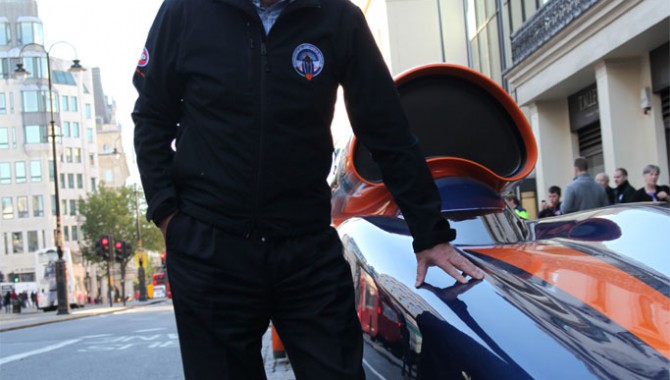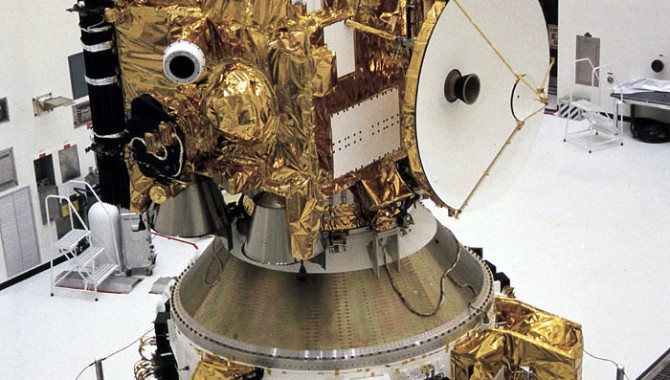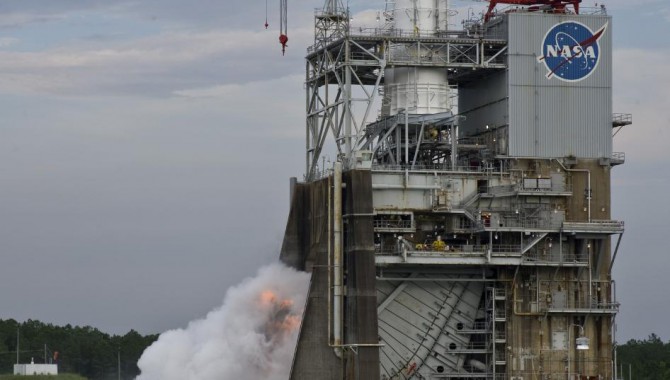
October 28, 2011 Vol. 4, Issue 8 The Bloodhound Supersonic Car aims to set a new land speed record and a new standard for openness in projects.

October 28, 2011 Vol. 4, Issue 8 The Bloodhound Supersonic Car aims to set a new land speed record and a new standard for openness in projects.

October 28, 2011 Vol. 4, Issue 8 Maciej “Mac” Zborowski is restoring the fuselage of a XFV-12A plane found in the middle of a vacant field so he can share its story with the public.

October 28, 2011 Vol. 4, Issue 8 In order to enhance the benefits of its meteoroid and orbital debris (MMOD) programs, NASA should re-prioritize, re-focus, and expand the programs efforts, according to a recent report from the National Research Council.

October 28, 2011 Vol. 4, Issue 8 This month marks the fiftieth anniversary of the first flight of the Saturn I rocket.

October 28, 2011 Vol. 4, Issue 8 The International Space Exploration Coordination Group (ISECG) released the 2011 Global Exploration Roadmap.

September 28, 2011 Vol. 4, Issue 7 No physical evidence, no telemetry data. To solve what happened to the Mars Observer after it disappeared, the Mishap Investigation Board had to take a different approach.
September 28, 2011 Vol. 4, Issue 7 Technical rigor and open communication led to the successful conclusion of a challenging FRR.
September 28, 2011 Vol. 4, Issue 7 An organization’s culture can motivate employees to do the right thing if its values are clear and systems are designed to reinforce them, writes Ann Rhoades.

September 28, 2011 Vol. 4, Issue 7 Mother of two, 27-year-old Jennifer Franzo loves a good rocket engine test.